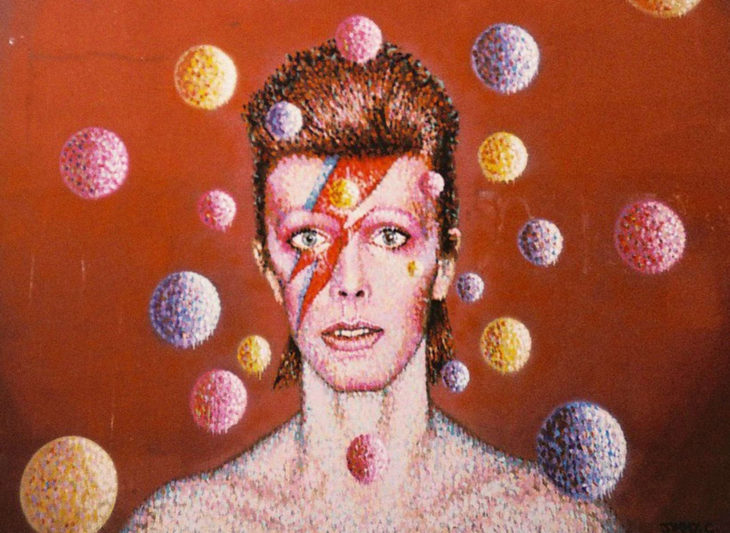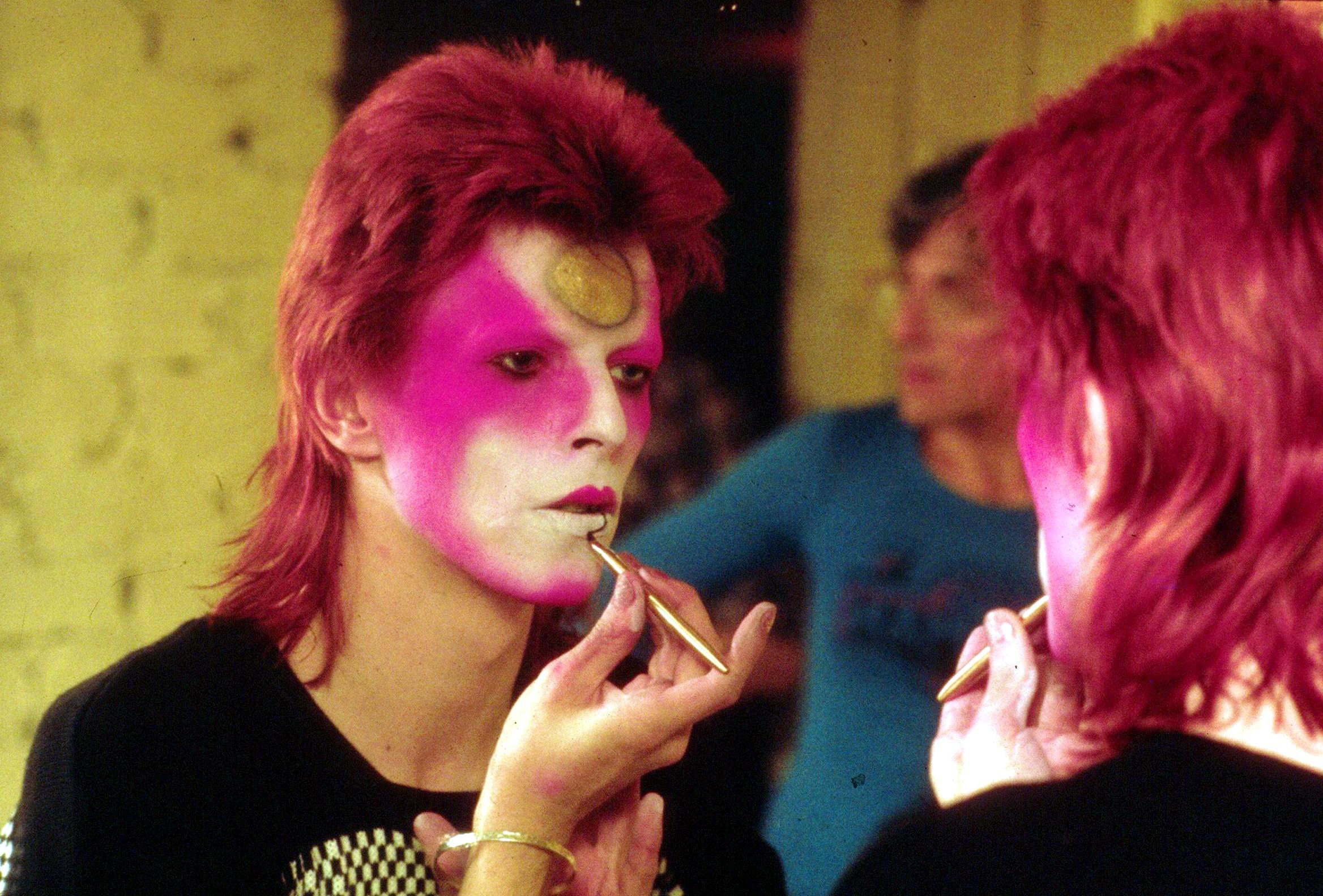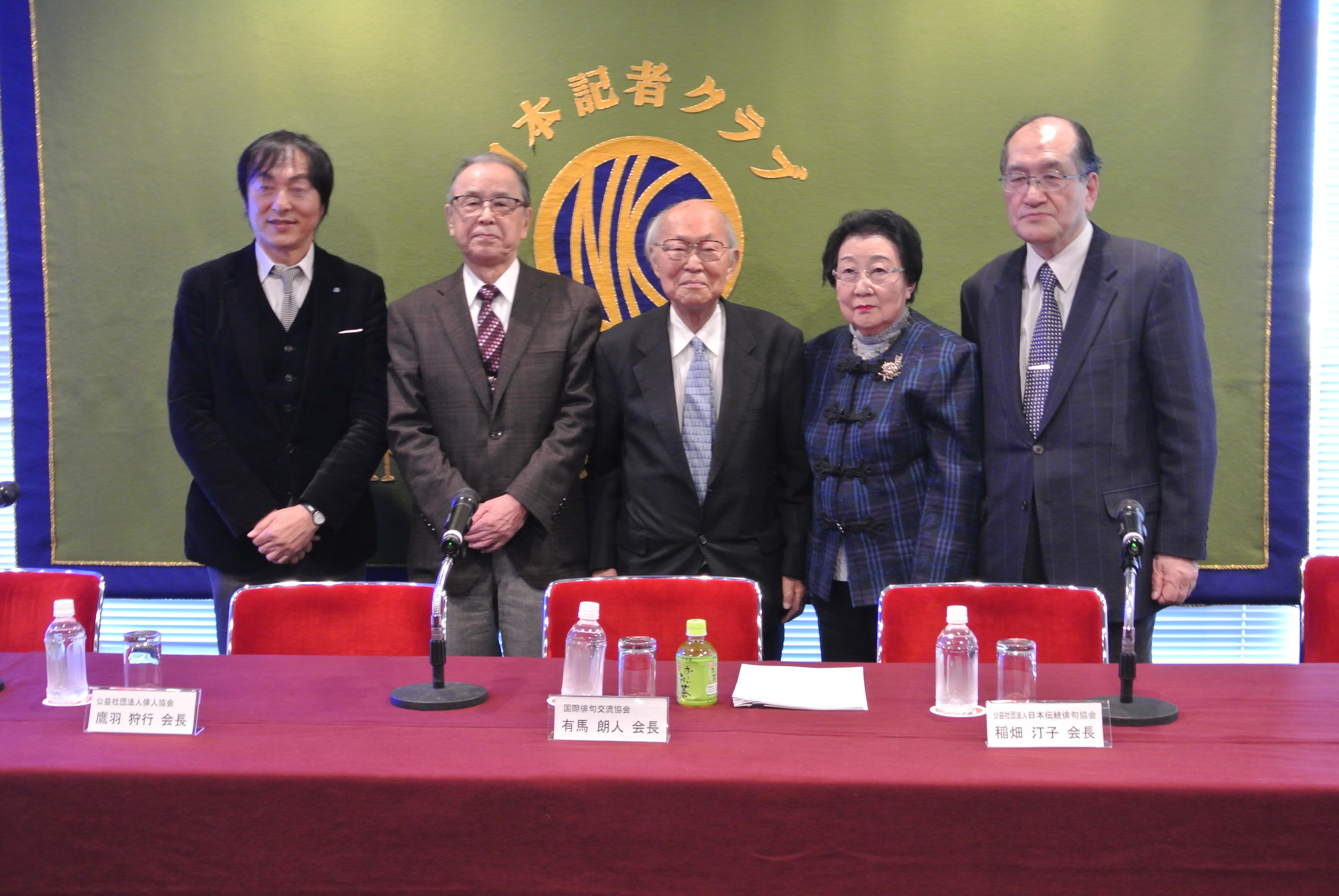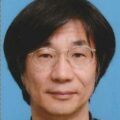David Bowie & Arts: Bowie and Japan

Yoshimura Eiichi
Bowie first became interested in the culture of the East after he encountered Tibetan Buddhism in the mid-1960s. Even though this was during the peak of the hippie movement, Bowie’s interest in Tibet was not transitory and he continued charity work for Tibet for the rest of his life. Before long, Bowie’s interest in Tibet broadened to Asia in general, and in Japan he was attracted first to stage arts such as kabuki and noh. This was probably not unconnected to Bowie’s involvement with Lindsey Kemp’s mime troupe at the time. Bowie’s interests broadened to clothing, accessories and Japanese culture through chance encounters with Sukita Masayoshi and Yamamoto Kansai.
Just three days after arriving on his first trip to Japan in April 1973, Bowie went to the Kabuki-za theater and talked with the actor Bando Tamasaburo. During his US tour that February, he had already incorporated kabuki-style hikinuki instant onstage costume changes using clothes designed by Yamamoto Kansai. But following his experience at the Kabuki-za, the make-up worn for his Japan and later concerts were obviously influenced by kabuki, as were his expressions and movements on stage.
Also, during this first visit to Japan, Bowie performed a concert in Hiroshima. His hotel was close to the Hiroshima Peace Memorial Park, and Bowie’s wife at the time, Angie, recalled how he spent a long time looking out of the window at the Atomic Bomb Dome. Following the Chernobyl accident he took a clear anti-nuclear stance, and lyrics in one of his late works appear to reference the 2011 Fukushima nuclear disaster.
Around the time of his first visit to Japan during the first half of the 1970s, Bowie disliked flying, and he arrived in Yokohama having taken a passenger ship from Los Angeles. His return trip to the UK consisted of a ferry to Nakhodka in Russia, then a rail journey to Paris on the Trans-Siberian Express. There is a well-known story of how the musician Tachibana Hajime was so impressed by the Japan concerts that he took the same ferry and followed Bowie as far as Vladivostok.
Bowie’s second trip to Japan was in 1977. The photos later used on the Heroes album cover were taken in a photo studio called Harajuku Studio on this visit. By this time Bowie was able to fly again, and he started to make frequent work and personal trips to Japan.
Bowie was very knowledgeable about Japanese culture, and particularly fond of the artist Yokoo Tadanori and the novelist Mishima Yukio. He painted a portrait of Mishima, and later on composed lyrics influenced by his novel tetralogy, The Sea of Fertility. Bowie often watched Japanese films, and when Oshima Nagisa invited him to appear in his film Merry Christmas, Mr. Lawrence, Oshima was surprised at how Bowie liked his films Boy and The Ceremony, works which weren’t particularly well known in Europe or the United States. During the 1982 filming of Merry Christmas, Mr. Lawrence on the island of Rarotonga, Bowie brought a large number of tape cassettes of 1950s and 1960s R&B music and listened only to those, foreshadowing the next album that he was already preparing, Let’s Dance (1983).
Bowie was particularly captivated by Kyoto. When he was asked to appear in a Japan TV commercial, he would specify that it be filmed in Kyoto, and during his 1983 visit to Japan he pushed hard for the promoter to arrange a concert there. Bowie always stayed at the city’s Tawara-ya ryokan, and became a regular customer at a nearby soba noodles restaurant. He was also a frequent visitor to the home of Japan-based Sinologist David Kidd. Perhaps because both were named David, a rumor arose that Bowie had a home in Kyoto; and in fact, Bowie did at one point plan to buy a Kyoto townhouse. Bowie used to stroll through Kyoto’s old shopping arcades, and turn up at favorite coffee shops and restaurants without warning. He also used to ride the trains and subway by himself. He did the same in Tokyo, and later recalled how during his final 2004 visit to Japan he got on the subway by himself and went wherever he wanted.
At the beginning of the 1980s Bowie was interested in Japanese rock bands such as the New Wave bands EP-4 and P-Model, and the Plastics, which included Tachibana Hajime. Although he was interested in many bands and artists, including Sakamoto Ryuichi and the Yellow Magic Orchestra, as well as Hosono Haruomi, who was recommended to him by Bill Wyman of the Rolling Stones, the band he loved most was Sandii & the Sunsetz. Bowie followed Sandii and her band with extraordinary enthusiasm, and did a lot to help the group reach audiences outside Japan.
Around the time that Sandii & the Sunsetz appeared (1982 to 1983) Bowie also became interested in Tokyo. It seems that he felt a culture was being born in Japan, and in Tokyo in particular, that went beyond imitation of the West. He loved Tokyo’s club culture, often visiting the Ink Stick live music venue and clubs such as Red Shoes and Pithecanthropus Erectus. With the rise and collapse of Japan’s bubble economy his enthusiasm for spending time in Tokyo waned, and perhaps he believed that something which had been there in the early 1980s had been lost.
Translated from “David Bowie & Arts: Boui to Nihon (Bowie and Japan),” Geijutsu Shincho, January 2016, pp. 108–111. (Courtesy of Shinchosha Publishing) [January 2017]




